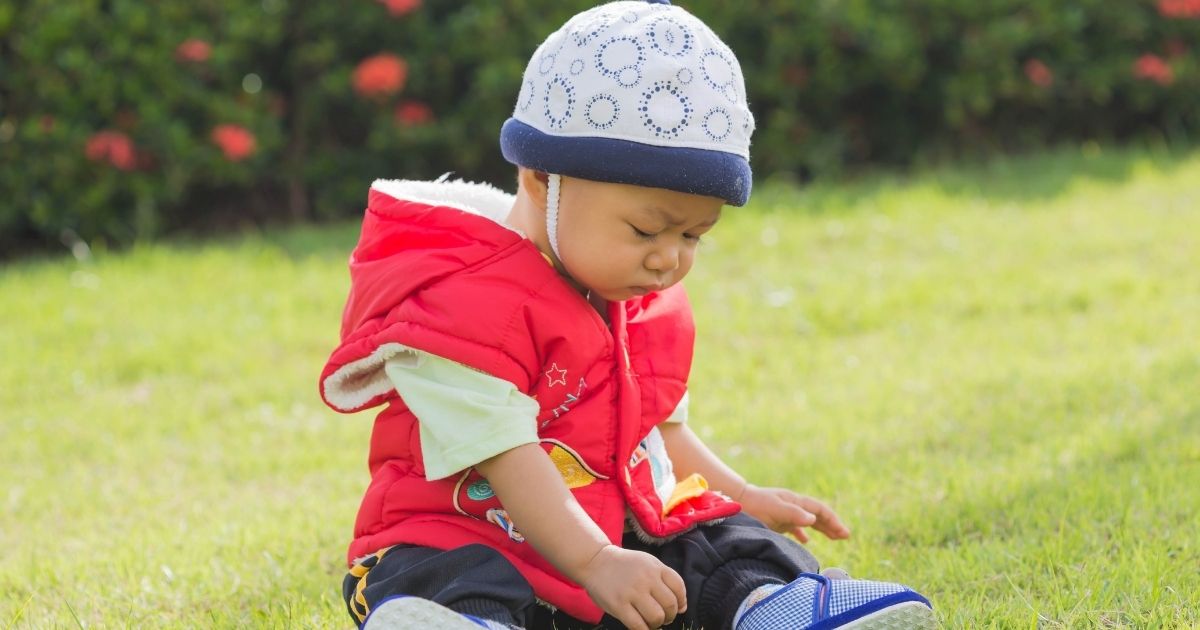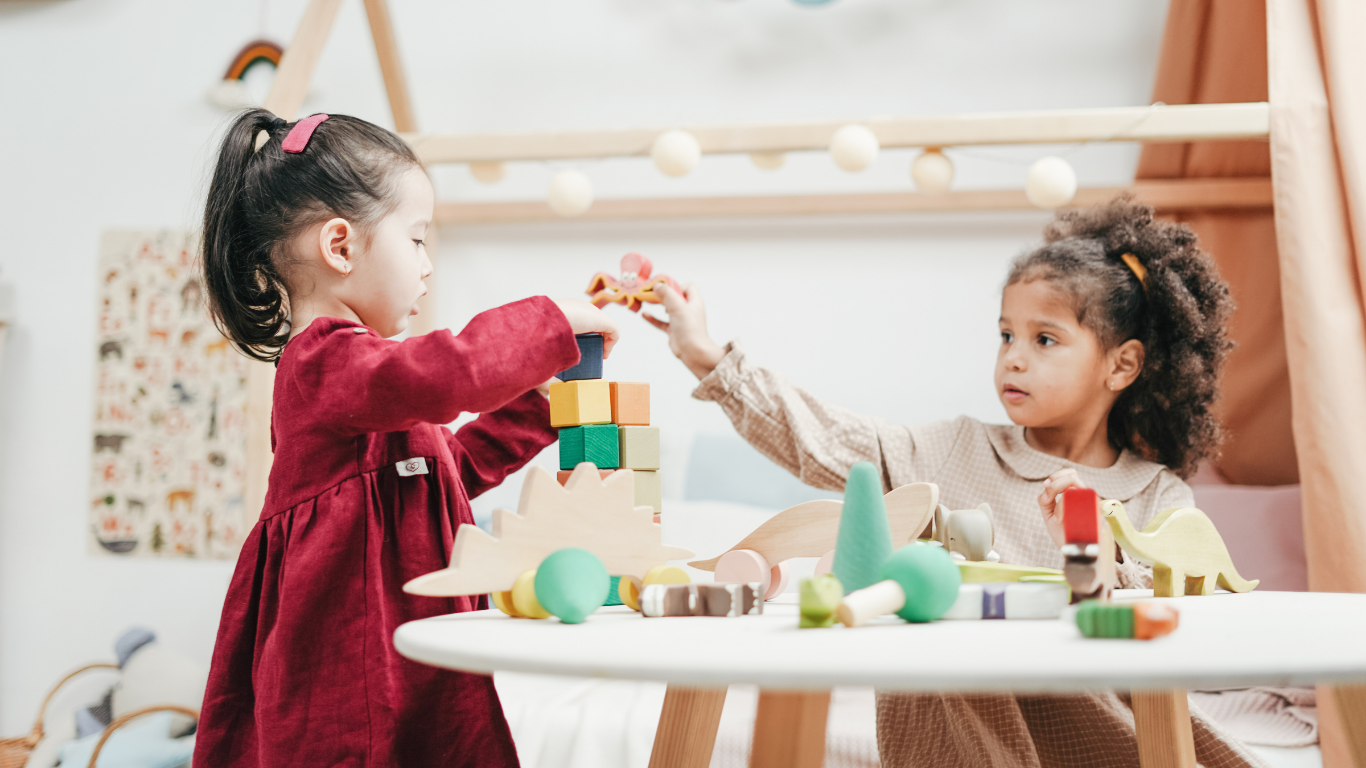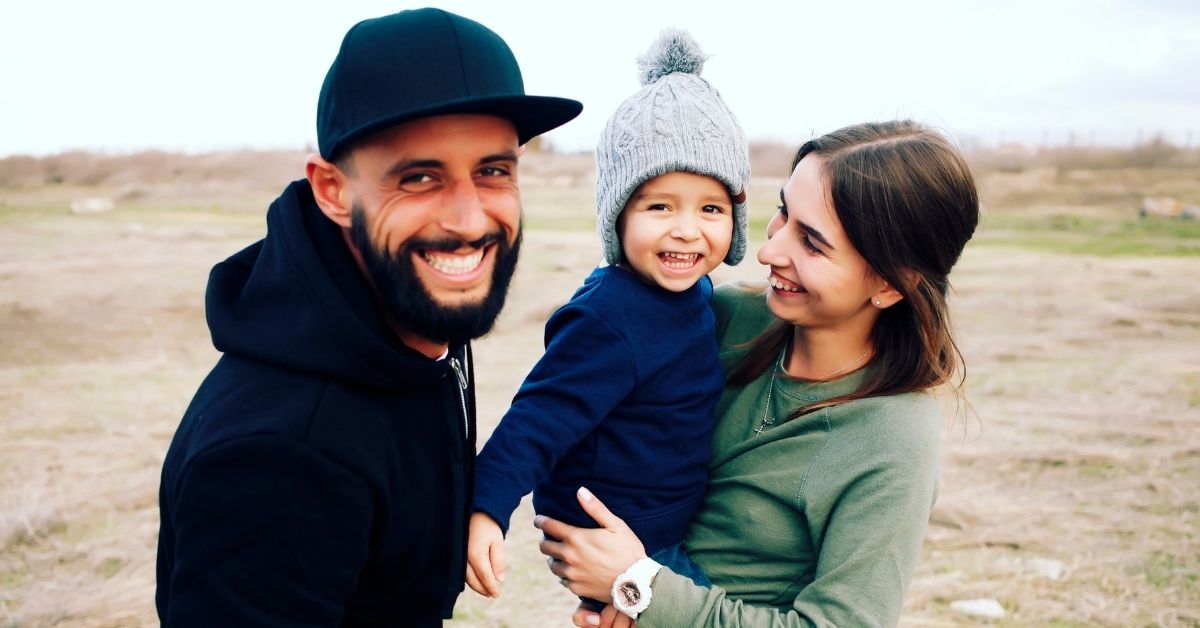
Authors: Jeffrey Swarz, MD; Angela M. Curcio, MD
Division of Pediatric Neurology, Floating Hospital at Tufts Medical Center, Boston, MA
Reviewed: May 2022
SUMMARY
Brachial plexus palsy (BPP) is an injury that can result in one or both shoulders, arms, or hands not working correctly. This can happen when the nerves connecting the neck to the arms, hands, and fingers get stretched, squeezed, or cut.
BPP injuries can occur at any age, but the cause of these injuries changes with age:
- Babies: Caused by a problem that happened at birth.
- Teenagers: Caused from falling while riding a bike, snowboarding or something similar.
- Adults: Caused by an assault or a car accident
- Older adults: Caused by cancer, a fall, or because of another medical procedure.
In adults, BPP is usually called a brachial plexus injury instead.
JUMP TO
Disorder Overview
DESCRIPTION
Babies, teenagers, and adults can all injure the brachial plexus. The brachial plexus is a complicated network of nerves that help the muscles in the shoulder, arm, and hand to move. They also help a person feel temperature, pressure, and pain in those areas. There is more than one nerve in the brachial plexus. Most people with brachial plexus injuries do not damage the entire network of nerves. Rather, they damage a part of it.
Brachial plexus palsy is similar to a problem with a phone charger. If a phone charger gets bent, stretched, or cut, it does not charge the phone as well. If the nerves between a child’s neck and fingers get bent, or stretched, or cut, their shoulder, arm, or hand may not work correctly. A child with a brachial plexus injury may not be able to lift their arm into the air, bend their arm at the elbow, or hold things between their fingers. Sometimes, the shoulder, arm, and hand are affected.
In children, brachial plexus injuries generally fall into two categories:
Upper (or lateral) plexus injuries.
These affect the upper nerves of the brachial plexus. They most commonly occur in babies and are triggered during delivery. Doctors today are trained to minimize the chances of injury to a baby during birth. This has greatly reduced how often BPP occurs. However, it can still happen, despite a doctor doing everything right.
Lower (or medial) plexus injuries.
BPP is not life-threatening. Children and adolescents do not die from this condition. Children with a brachial plexus injury may not be able to move their shoulder, arm, or hand at all, or may not notice any difficulty. Most children get better without requiring any additional treatment and do not experience long-term problems.


SIGNS AND SYMPTOMS
Symptoms in Babies
Brachial plexus palsy is diagnosed in newborn babies when the babies are doing one of the following:
- Not moving one arm
- Holding one arm in an unusual position
The most common symptoms in a baby include not being able to:
- Lift an arm above the shoulder
- Bend the arm at the elbow
- Straighten the wrist
- Straighten the fingers
Common Forms of Brachial Plexus Palsy
Different forms of BPP are more likely to affect different age groups. There are two common forms that are clinically distinct. This means that they affect patients differently. These two forms have their own names:
Erb-Duchenne palsy.
This upper (lateral) plexus injury results in difficulty raising or bending the affected arm. The degree of difficulty varies from minor to severe. Severe upper plexus injury results in a complete inability to raise or bend the arm. Erb-Duchenne palsy has been recognized since 1872. It most commonly occurs in newborn babies during the delivery process but can also occur in older children and even adults. Older children and teenaged children can develop it after an injury from something like a bike accident. Adults most often develop this type of BPP after a surgical procedure or motor vehicle accident.
Dejerine-Klumpke palsy.
This lower (medial) plexus injury results in difficulty bending some parts of the fingers and not being able to relax other parts of the fingers. It results in what is sometimes called a “claw hand.” This form of BPP rarely occurs in newborn babies. Older children and adults are more likely to develop Dejerine-Klumpke palsy than newborns because they may:
- Climb trees
- Use jungle gyms
- Climb ladders
- Overstretch an extended arm
CAUSES
Brachial plexus injury in a baby is caused by an injury to the nerves that control the muscles in the arm. These nerves extend from the neck, travel under the collar bone and through the armpit, and then continue down the arm to the fingers.
It can be helpful to think of these nerves like the wire in your phone charger. Sometimes the wire gets stretched and the charger comes loose from the phone. All that is needed is to relax the wire and it starts working again. Sometimes, like in a well-used charger wire, some of the individual wires inside can break from the wire being stretched but the charger still works. Occasionally the charger wire gets stretched so far that it becomes separated from the adapter plugged into the wall. In these cases, it needs to be plugged in again. Under the most severe conditions, the charger wire can get stretched so badly that it breaks off at the wall adapter and it cannot be fixed.
Risk Factors for Newborns
The following groups of newborns are at higher risk of BPP:
- Large infants or large-for-gestational-age (LGA) infants. This refers to babies that are larger than expected for their age and biological sex.
- Infants of mothers with diabetes.
BPP can occur during both vaginal delivery and caesarean section.
LABORATORY INVESTIGATIONS
If there is concern about BPP in a baby or older child, the child’s doctor may order an X-ray, ultrasound, or magnetic resonance imaging (MRI). These tests can help determine:
- If an injury happened
- Where the injury may have occurred
- How severe the injury may be
The doctor will also do a physical exam to determine the severity of the injury.


TREATMENT AND THERAPIES
Treatment is rarely required for upper brachial plexus injuries. Arm movement is normal within a few months after the injury. Treatment depends on how badly the nerves were stretched.
Minor stretch injuries.
More severe stretch injuries.
Most severe stretch injuries.
Treatments might be needed depending on the severity of the injury:
Physical therapy.
OUTLOOK
Upper brachial plexus injuries are often less severe than lower or total brachial plexus injuries. Upper injuries often have a quicker and more complete recovery.
Most children with BPP recover full use of their arm within several months. Some children require several years of physical therapy to regain full use of their arm. Unfortunately, children with the most severe types of brachial plexus injury experience life-long problems using their arm, particularly the wrist and hand.


RELATED DISORDERS
- Cerebral palsy
- Neonatal stroke
- Intraventricular hemorrhage with periventricular infarct (IVH with PHI)
Resources
United Brachial Plexus Network
The United Brachial Plexus Network is a nonprofit organization striving to inform, support, and unite all of those concerned with the impact, treatment, prevention, and cure of brachial plexus nerve injuries from all ages worldwide. Some of the opportunities UBPN provides are: educational resources, information on disability benefits, awareness programs, and Camp UBPN. They host Brachial Plexus Nerve Injury and Erbs Palsy Support Group: UBPN, a private Facebook support group with over 5,000 members.
Midwest Brachial Plexus Network
The Midwest Brachial Plexus Network (MBPN) is a non-profit organization aimed at providing support, information, resources, and awareness to those affected by brachial plexus injury (BPI). MBPN also promote BPI awareness within the medical community to help reduce the number of injuries and facilitate prompt and comprehensive care if an injury does occur.
One of our major projects is the annual MBPN Summer Camp session for children with BPI and their families. Since 2001, BPI families from across the U.S. have traveled to the Rotary Club Youth Camp in Lee’s Summit, Missouri for a weekend of fun, relaxation, and friendship. Families of the MBPN, the volunteers, and supporters raise funds each year so families can attend the camp at no charge.


Child Neurology Foundation (CNF) solicits resources from the community to be included on this webpage through an application process. CNF reserves the right to remove entities at any time if information is deemed inappropriate or inconsistent with the mission, vision, and values of CNF.
Research
ClinicalTrials.gov for Brachial Plexus Injuries (birth to 17 years).
These are clinical trials that are recruiting or will be recruiting. Updates are made daily, so you are encouraged to check back frequently.
ClinicalTrials.gov is a database of privately and publicly funded clinical studies conducted around the world. This is a resource provided by the U.S. National Library of Medicine (NLM), which is an institute within the National Institutes of Health (NIH). Listing a study does not mean it has been evaluated by the U.S. Federal Government. Please read the NLM disclaimer for details.
Before participating in a study, you are encouraged to talk to your health care provider and learn about the risks and potential benefits.
The information in the CNF Child Neurology Disorder Directory is not intended to provide diagnosis, treatment, or medical advice and should not be considered a substitute for advice from a healthcare professional. Content provided is for informational purposes only. CNF is not responsible for actions taken based on the information included on this webpage. Please consult with a physician or other healthcare professional regarding any medical or health related diagnosis or treatment options.
References
Romaña MC, Rogier A. Chapter 98 – Obstetrical brachial plexus palsy. In: Dulac O, Lassonde M, Sarnat HB, editors. Handbook of Clinical Neurology [Internet]. Elsevier; 2013 [cited 2022 Apr 4]. p. 921–8. (Pediatric Neurology Part II; vol. 112). Available from: https://www.sciencedirect.com/science/article/pii/B9780444529107000143
Thank you to our 2023 Disorder Directory partners:





